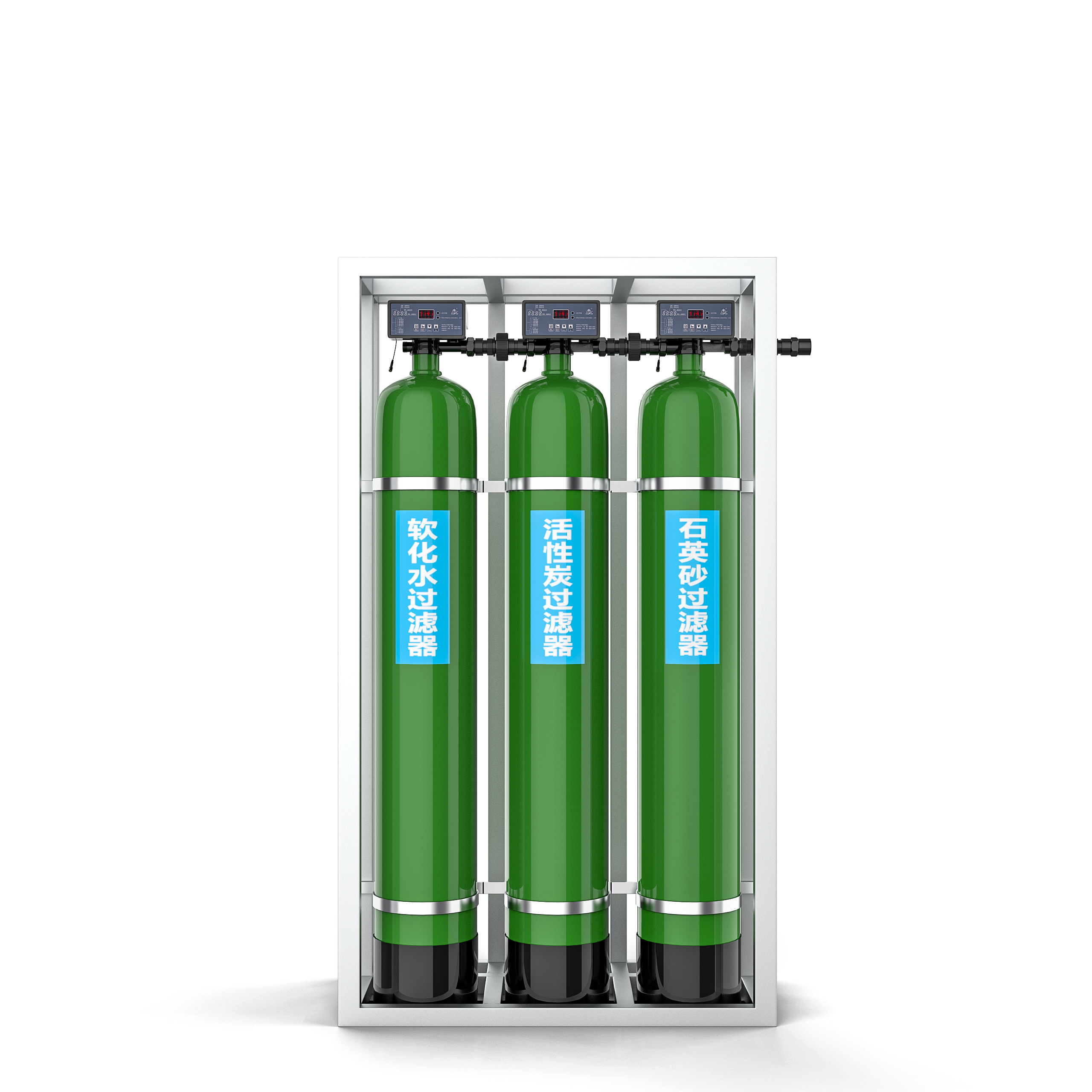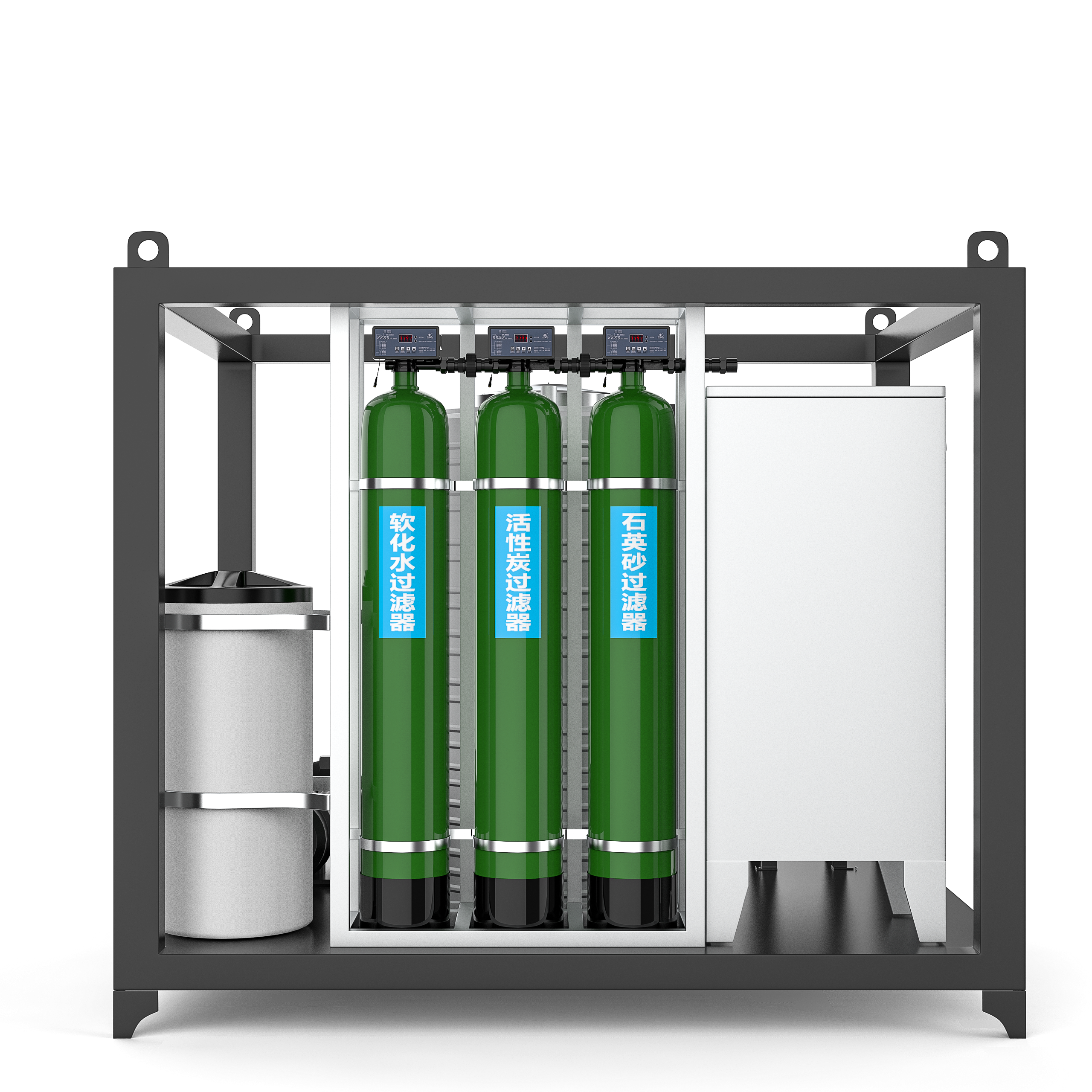
Water treatment for steam boiler
1. The slagging at the burner nozzle changes the airflow structure at the burner outlet, destroys the aerodynamic conditions in the furnace, and affects the combustion process. When the nozzle is seriously blocked due to slagging, the steam boiler must be operated at reduced load or forced to shut down.
2. The slagging on the water-cooled wall will lead to uneven heating of individual components, which will have an adverse effect on the safety of the natural circulation water cycle and the thermal deviation of the flow-controlled water-cooled wall, and may cause damage to the water-cooled wall pipes.
3. Slagging on the heating surface will increase heat transfer resistance, weaken heat transfer, reduce heat absorption of working fluid, increase exhaust temperature, increase exhaust heat loss, and reduce boiler efficiency. In order to maintain the normal operation of the boiler, it is necessary to increase the amount of air while increasing the amount of fuel, which increases the load on the blower and induced draft fan, and increases the auxiliary power consumption. Consequently, slagging significantly reduces the economic efficiency of steam boiler operation.
4. When slagging occurs on the heating surface, in order to maintain the normal operation of the steam generator, it is necessary to increase the air volume. If the capacity of the ventilation equipment is limited, coupled with slagging, it is easy to cause partial blockage of the flue gas passage, increase the resistance of the flue gas, and make it difficult to increase the air volume of the fan, so it has to be forced to reduce the load operation.
5. After slagging on the heating surface, the flue gas temperature at the furnace outlet rises, resulting in an increase in the superheated temperature. In addition, the thermal deviation caused by slagging can easily cause overheating damage to the superheater. At this time, in order to maintain the overheating temperature and protect the reheater, it is also necessary to limit the load during exercise.
Products categories
-

E-mail
-

Phone
-

WhatsApp
-

Top

















